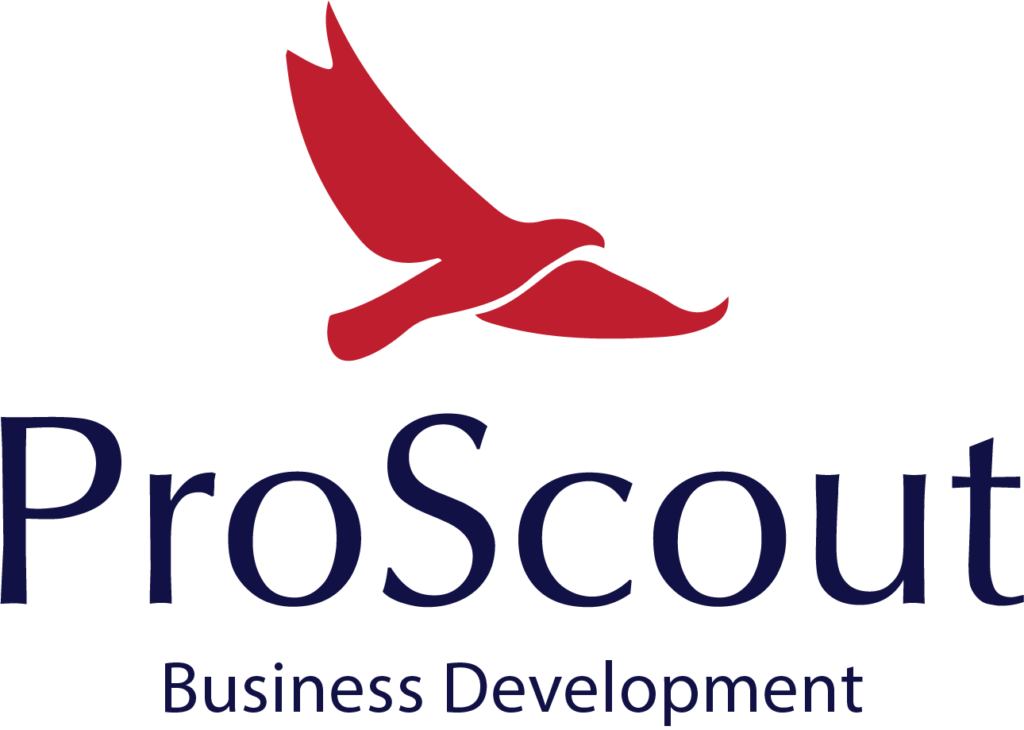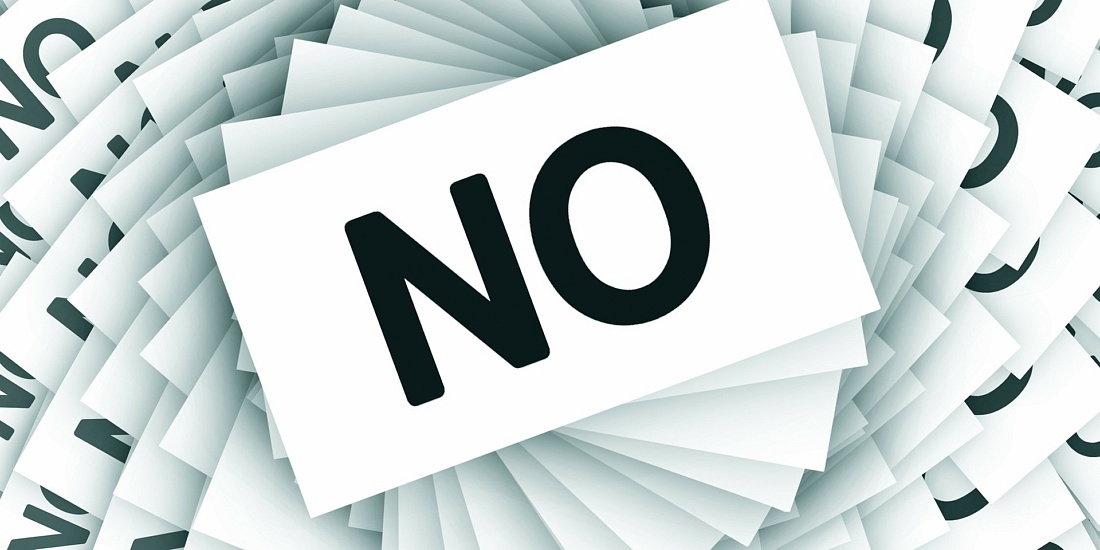Receiving a “no” in any context can be a real morale killer; receiving multiple rejections an hour can seem nearly fatal. Yet this is the reality for most cold callers. Those in charge of outbound calling have to deal with a lot of rejection on a regular basis. If you’re one of these people, you probably know this well. You might also know that even though you hear “no” all the time, that doesn’t necessarily make it easier. However, there are certain methods and ways of thinking that can soften the blow of rejection and make it easier to handle. Let’s examine some of the best ways to handle rejection when making cold calls.
Prepare for the “No” But Aim for the “Yes”
This might seem like a cynical point of view, but it’s often best to prepare for the worst case scenario. That isn’t to say you should constantly live with low expectations. But preparing yourself to hear “no” will help you brush off and move on to the next call. This expectation will also give you more ammunition to potentially turn a “no” into a “yes.” By preparing for rejection, you can come up with strategies to change course during the call. So, if you’re losing the potential lead, you can say something to win them back. It won’t always work, but the more prepared you are for any situation, the better.
Not Every “No” is Permanent
It’s hard to think this way in the moment, but not every rejection is set in stone. You may experience several cold calls that end on a note of uncertainty. In some cases, the recipient might say that now isn’t the right time, or that they’ll consider your services or products in the future. These may simply be platitudes, but they could also be sincere remarks. In these cases, try to set up another call with the customer, or ask if they would like to join a mailing list, etc. You may receive another “no” upon these requests, or you might get your foot in the door – and that’s what counts.
It Isn’t About You
The biggest reason that hearing “no” is so difficult is that we naturally take it personally. Even if you know that you’re just doing your job and that the recipient just wants to get on with their day, rejection hurts. Our brains are simply wired like that. It might not be easy, but try to remind yourself before and after each call that it’s just business.
Learn From Your Mistakes
The best way to avoid more “no”s in the future and nail more business leads via outbound calling is to learn from all the rejections you’ve received. Take note of the ways in which you prepare for a call, consider your tone of voice, pay attention to when and how you’re making the pitch, etc. Additionally, upon receiving a rejection, don’t be afraid to ask the recipient why they said no. They might not feel comfortable telling you, but if they do, this can be useful information.
Keep Moving
When it comes to cold calling lead generation, you have to keep trucking along. No matter how good your pitch is, you’re going to hear “no” a lot. And if you want to get more leads, you’ll have to move on and make more calls. You’ll eventually get a “yes,” and it will outweigh the myriad of “no”s you may be used to hearing.
Outsource Your Outbound Calling Services
Truth be told, not every business is equipped for in-house cold calling. And not everyone is built for sending outbound calls. This is why it might be wise to outsource your cold calling lead generation services. At ProScout Lead Generation Services, our team takes a holistic approach to generating leads via telephone marketing, collaborative events, data scouting, and more. Contact us at our Chattanooga or Nashville offices to learn more about our services and mission!





